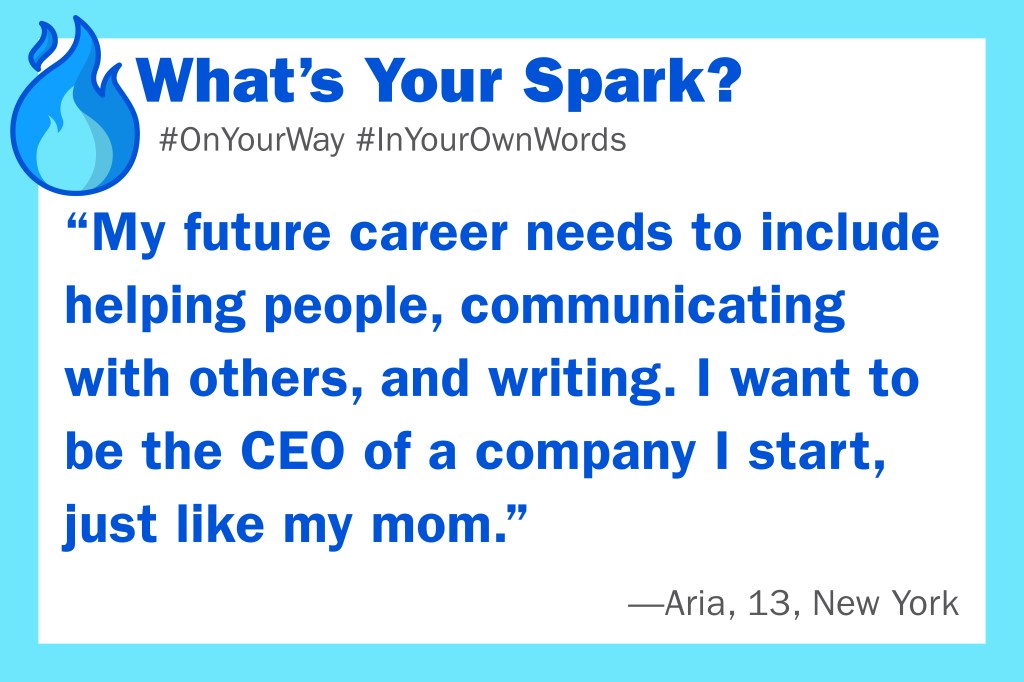Fighting Food Ads

Food companies engineer junk food to make it addictive. They label their products to make them seem much healthier than they are. And their advertisements target children.
All of this is according to a news report read recently by students in a Texas middle school. They were taking part in an experiment run by the University of Chicago and the University of Texas. “I don’t understand how this is even legal,” said a girl who took part in a similar study.
Researchers had students learn about food-industry advertising tactics
tactic
 JOSE LUIS PELAEZ INC./GETTY IMAGES
a strategy
(noun)
We had a meeting to discuss a tactic for the group homework assignment.
. They wanted to know if learning about them would change how kids feel about junk food. All over the world, kids are eating more foods that are high in salt, sugar, and fat. That is partly the result of clever ads that make junk food irresistible.
JOSE LUIS PELAEZ INC./GETTY IMAGES
a strategy
(noun)
We had a meeting to discuss a tactic for the group homework assignment.
. They wanted to know if learning about them would change how kids feel about junk food. All over the world, kids are eating more foods that are high in salt, sugar, and fat. That is partly the result of clever ads that make junk food irresistible.
Christopher J. Bryan led the study. He says that when kids question the motives
motive
 IMAGE SOURCE/GETTY IMAGES
a reason for doing something
(noun)
Jason's weekly allowance is his motive for washing the dishes.
behind junk-food ads, they feel like they’re fighting injustice
injustice
IMAGE SOURCE/GETTY IMAGES
a reason for doing something
(noun)
Jason's weekly allowance is his motive for washing the dishes.
behind junk-food ads, they feel like they’re fighting injustice
injustice
 DARRIN KLIMEK—GETTY IMAGES
something that is unfair or morally wrong
(noun)
It was an injustice when the man was sent to prison for a crime he didn't commit.
. “The reward is knowing you’re
doing the right thing,” Bryan told TIME for Kids.
DARRIN KLIMEK—GETTY IMAGES
something that is unfair or morally wrong
(noun)
It was an injustice when the man was sent to prison for a crime he didn't commit.
. “The reward is knowing you’re
doing the right thing,” Bryan told TIME for Kids.
Message Matters
Junk food has been linked to health problems such as heart disease, obesity, and diabetes. But in 2017, food companies spent nearly $9 billion on TV ads selling unhealthy fare.
Companies use varying tactics. An ad with cartoon characters may make cereal seem fun to eat. A professional athlete enjoying a sugary drink may make it look cool. Advertisers know that if kids want a product, they’ll bug their parents to buy it. “You want the pester factor,” says Marion Nestle, a professor of public health at New York University. Even parents don’t notice the power of ads, she says: “By the time you’re an adult, you’re used to junk-food advertising. You just don’t see it.”
In the Texas study, Bryan had students view ads on an iPad. Their job was to write or draw on the screen, to make each ad’s message true. For example, a McDonald’s ad showed a Big Mac and the words “The thing you want when you order salad.” To the end of the sentence, a student added “should be salad.”
The results of Bryan’s Texas study were published in April. They showed that three months after analyzing ads, students were still choosing healthier snacks: milk instead of sugary juices, fruit over cookies. “Kids are becoming conscious of themselves as agents in the world,” Bryan says. “They see a chance to make the world a better place.”













